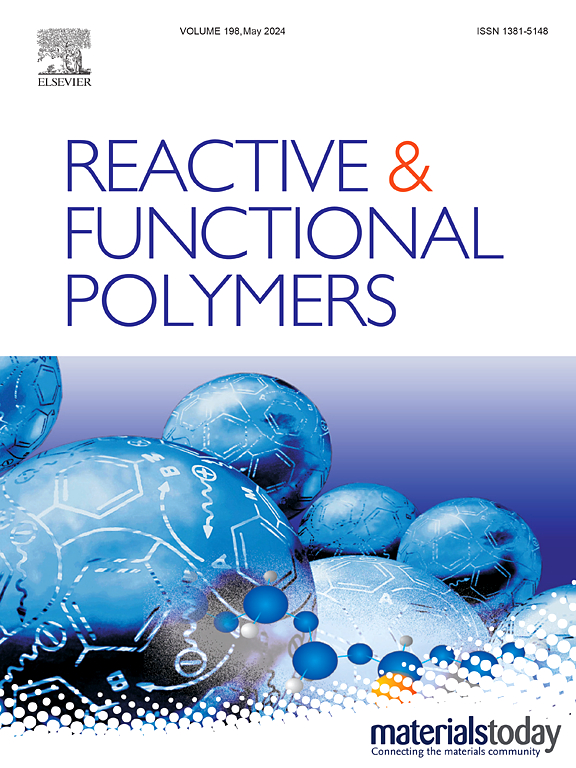ZnTi layered double hydroxide/dealkaline lignin 2D/2D nanosheets for ultraviolet shielding poly(ethylene terephthalate) nanocomposites
IF 4.5
3区 工程技术
Q1 CHEMISTRY, APPLIED
引用次数: 0
Abstract
Ultraviolet (UV) protection is crucial for enhancing the durability, reliability, and safety of polymeric products. To address this need, a two-dimensional (2D) UV nano-filter was developed by integrating ZnTi layered double hydroxide (ZnTi-LDH) with dealkaline lignin (DL). The ZnTi-LDH/DL nanosheets were then incorporated into a poly(ethylene terephthalate) (PET) matrix using an in-situ polymerization technique. To evaluate its UV shielding performance, the microstructures of the ZnTi-LDH/DL nanosheets and the physicochemical properties of the resulting PET nanocomposites were investigated. The ZnTi-LDH/DL nanosheets retained the intrinsic crystalline structure and 2D morphology of pristine ZnTi-LDH while exhibiting significantly enhanced UV absorption over a broader wavelength range. Incorporating these nanosheets heightened the thermal stability, crystallization behavior, mechanical properties, and UV shielding performance of PET nanocomposites. At a mass fraction of 0.5 % nanosheets, the PET nanocomposite achieved optimal overall performance, exhibiting a Young's modulus of 436.8 MPa, an elongation at break of approximately 580 % and over 90 % blocking efficiency for UVA radiation (400–315 nm). These results indicate the potential of these PET nanocomposites for UV protection applications, particularly in UVA blocking.

求助全文
约1分钟内获得全文
求助全文
来源期刊

Reactive & Functional Polymers
工程技术-高分子科学
CiteScore
8.90
自引率
5.90%
发文量
259
审稿时长
27 days
期刊介绍:
Reactive & Functional Polymers provides a forum to disseminate original ideas, concepts and developments in the science and technology of polymers with functional groups, which impart specific chemical reactivity or physical, chemical, structural, biological, and pharmacological functionality. The scope covers organic polymers, acting for instance as reagents, catalysts, templates, ion-exchangers, selective sorbents, chelating or antimicrobial agents, drug carriers, sensors, membranes, and hydrogels. This also includes reactive cross-linkable prepolymers and high-performance thermosetting polymers, natural or degradable polymers, conducting polymers, and porous polymers.
Original research articles must contain thorough molecular and material characterization data on synthesis of the above polymers in combination with their applications. Applications include but are not limited to catalysis, water or effluent treatment, separations and recovery, electronics and information storage, energy conversion, encapsulation, or adhesion.
 求助内容:
求助内容: 应助结果提醒方式:
应助结果提醒方式:


